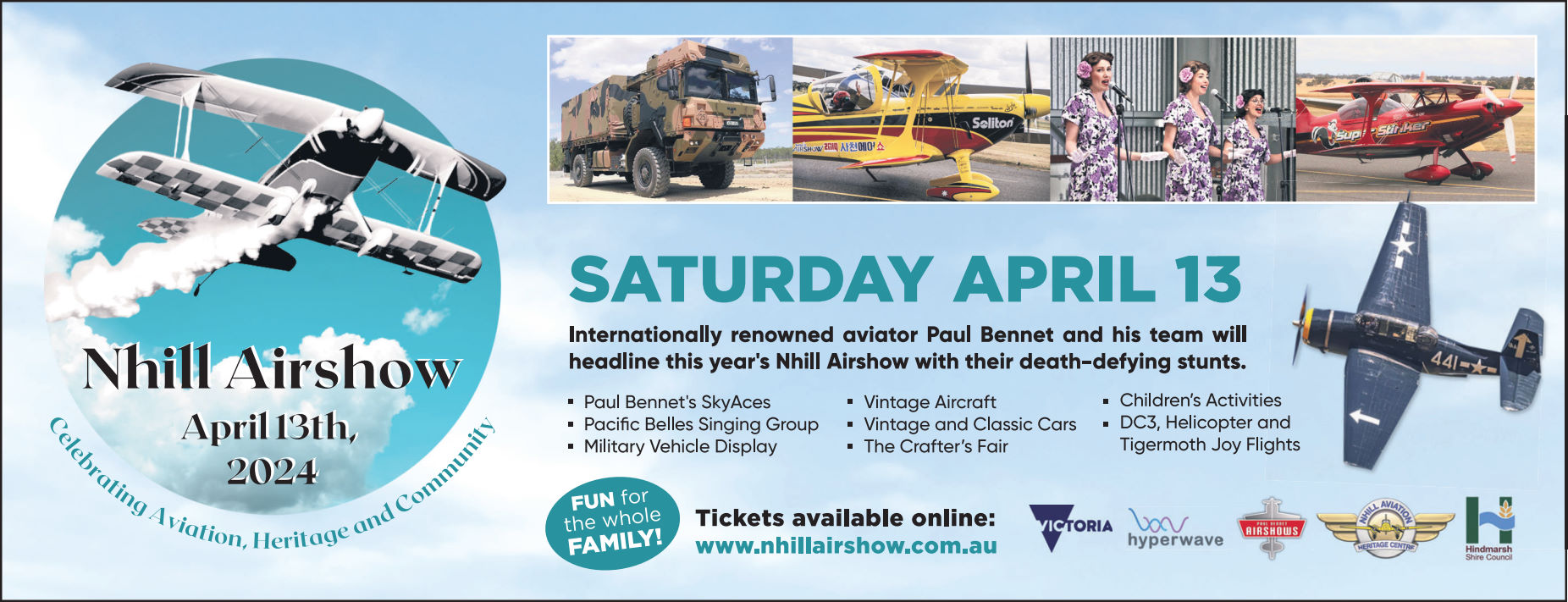Local war historian Charles Rees has written an article about "Bill the Bastard", a legendary Australian horse from World War I.
Battle of Romani 1916 and the Australian Light Horse advance from Sinai to Palestine Campaign, 1917.
Returning to Egypt in December 1915 the 1st Light Horse Brigade made of the 1st Light Horse Regiment, 2nd Light Horse Regiment and 3rd Light Horse Regiment regrouped. They now formed part of the ANZAC Mounted Division. Serving along a section of the Suez Canal defensive line, 160 km wide at Romani, 37 km east of the canal, in the northern Sinai desert, Egypt.
The 1st Light Horse Brigade were in position to meet 16,000 German led Ottoman/Turkish troops ready to attack.
The Battle was fought on August 3-5, 1916. The 1st and 2nd LHRs withheld the attack, with reinforcement by the 3rd LHR. The enemy was forced to retreat, never again to advance on the Suez Canal.
The Ottomans suffered heavy losses of men and equipment, with 4000 taken prisoner.
The British advanced further across the Sinai desert to El Arish, Egypt, aided by the Australians. This was the start of the advance to Palestine in 1917.
On the night of August 5th, Major Michael Shanahan, 2nd LHR found four troopers from a squadron of Tasmanians of the 3rd LHR on foot. Amidst gunshot fire he took "Bill", his "steed", forward, mounted the four men and returned them and himself to safety on the horse's back across soft sand. A courageous task, of epic proportions.
Shanahan returned to the battle front with "Bill". Later that night he collapsed on the horse from a severe gunshot wound to his left leg. "Bill" carried his rider 3kms to the vet, who took him to a medic (doctor).
"Bill" had been going for six solid hours, such was his stamina. Other horses only managed one hour in the soft sand.
This particular incident and "Bill's" feat was to become legendary. For his conspicuous gallantry in action, Michael Shanahan was awarded the Distinguished Service Order. "Bill" was retired to pack duties; he had done enough.
So severe was the wound to Shanahan's leg, part of it was amputated on August 17, 1916.
Bill was known as "Bill the Bastard", a fractious, strong, intelligent and uncontrollable Waler (the horses sent from Australia).
He was the sort of horse the unsuspecting city dude, and some "bush' boys as well, were asked to ride. Lasting but a few seconds as he ejected his would-be riders.
Major Michael Shanahan was the man who made a difference, changing Bill from a cantankerous pack horse to a steady, fearless and loyal "steed'. Shanahan persuaded Captain A.B. Patterson (The Banjo), Light Horse Remount Unit, to work with "Bill the Bastard". He worked with the horse, rather than against him. Never brutal, he managed to coerce Bill to allow him in the saddle and be ridden. He cajoled him with treats; even liquorice allsorts. They became mates.
Rather than an insult, "Bill the Bastard" was a term of endearment.
At the end of the war Bill would be sold to a Turkish farmer from Gallipoli. Major Michael Shanahan DSO returned to Roma, Queensland after recovering in hospital. He died on October 12,1964, aged 94.
In the town of Murrumburrah, between Cootamundra and Yass, NSW, on the Burley Griffin Way, is a statue tribute to Bill the Bastard and his daring rescue. It is featured at the Australian Horse and Light Horse memorial park, a unique WW1 War Memorial.
References - Book - "Bill the Bastard' by Roland Perry; Australian War Memorial, Canberra.
Image above - Battle of Romani, 4 August 1916 - sourced from Australian War Memorial.
|






